Commodore CBM 8050 Dual Drive Floppy Disk
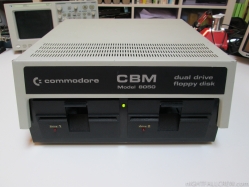
Autopsy:
from Wikipedia:
The Commodore 8050 and Commodore 8250 were dual unit 5¼” floppy disk drives for Commodore International computers. They used a wide rectangular steel case form similar to that of the Commodore 4040, and used the IEEE-488 interface common to Commodore PET/CBM computers.
 The 8050 was a single sided drive, whereas the 8250 could use both sides of a disk simultaneously. Both used a “quad” density format storing approximately 0.5 megabyte per side. The density of media was similar to later PC high density floppy disks, but the 8050 and 8250 could not use PC high density disks reliably. Since “quad” density disks were rare even at the time, users quickly found that typical double density floppy disks had enough magnetic media density to work in these drives.
The 8050 was a single sided drive, whereas the 8250 could use both sides of a disk simultaneously. Both used a “quad” density format storing approximately 0.5 megabyte per side. The density of media was similar to later PC high density floppy disks, but the 8050 and 8250 could not use PC high density disks reliably. Since “quad” density disks were rare even at the time, users quickly found that typical double density floppy disks had enough magnetic media density to work in these drives.
These drives were not dual mode, so they could not read or write disks formatted by the more common lower capacity Commodore 1541 or Commodore 4040 models. Some variants of these drives existed. The Commodore 8250LP was the 8250 in a lower profile, tan-colored case. The Commodore SFD-1001 was a single drive version of the 8250 in a Commodore 1541 style case (similarly to the Commodore 2031LP), often used by bulletin board systems for their physical similarity to 1541s and high capacity and speed.
source: wikipedia















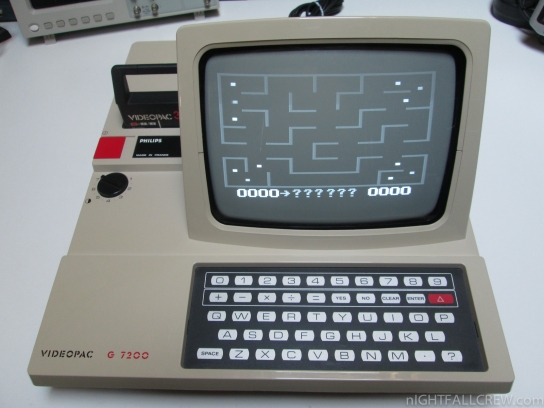






























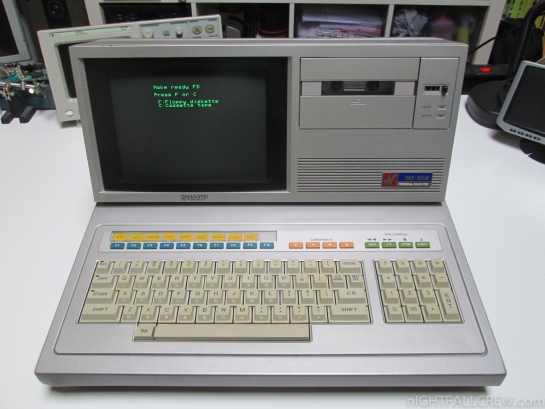















 From the first Z80 processor-based model to the MZ-2200 in 1983, the MZ computers included the PC, monitor, keyboard, and tape-based recorder in a single unit, similar to Commodore’s PET series. It was also notable for not including a programming language or operating system in ROM, like the IBM PC. This allowed a host of third-party companies, starting with Hudson Soft, to produce many languages and OSes for the system. In an era when floppy disk drives were too expensive for most home users, the MZ’s built-in tape drive was considered faster and more reliable than the drive on competing computers; however, this meant that the MZ series was relatively slow to adopt floppy drives as a standard accessory.
From the first Z80 processor-based model to the MZ-2200 in 1983, the MZ computers included the PC, monitor, keyboard, and tape-based recorder in a single unit, similar to Commodore’s PET series. It was also notable for not including a programming language or operating system in ROM, like the IBM PC. This allowed a host of third-party companies, starting with Hudson Soft, to produce many languages and OSes for the system. In an era when floppy disk drives were too expensive for most home users, the MZ’s built-in tape drive was considered faster and more reliable than the drive on competing computers; however, this meant that the MZ series was relatively slow to adopt floppy drives as a standard accessory.

































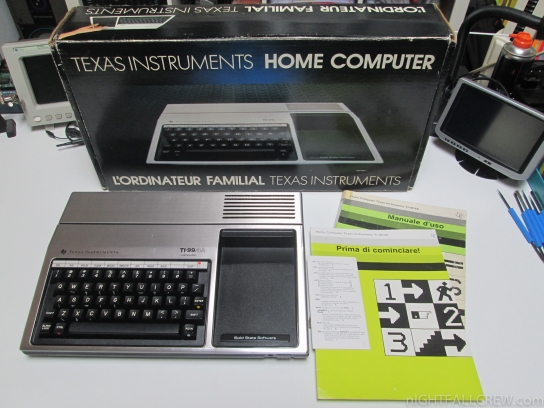
















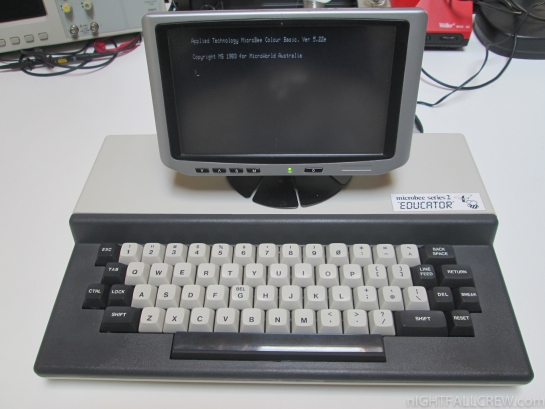















 The computer was conceived as a kit, with assembly instructions included in Your Computer magazine, in June 1982. After a successful bid for the New South Wales Department of Education computer tender, the computer was repackaged in a two-tone beige and black case, and sold pre-built. The 16 kB ROM held the MicroWorld BASIC interpreter written by Matthew Starr and DGOS (David Griffiths Operating System) compatible System Monitor. In addition to the 16 kB ROM, there is additional ROM socket for optional programs such as WORDBEE (Word processor) or EDASM (a Z80 Editor/Assembler that was written by Ron Harris).
The computer was conceived as a kit, with assembly instructions included in Your Computer magazine, in June 1982. After a successful bid for the New South Wales Department of Education computer tender, the computer was repackaged in a two-tone beige and black case, and sold pre-built. The 16 kB ROM held the MicroWorld BASIC interpreter written by Matthew Starr and DGOS (David Griffiths Operating System) compatible System Monitor. In addition to the 16 kB ROM, there is additional ROM socket for optional programs such as WORDBEE (Word processor) or EDASM (a Z80 Editor/Assembler that was written by Ron Harris).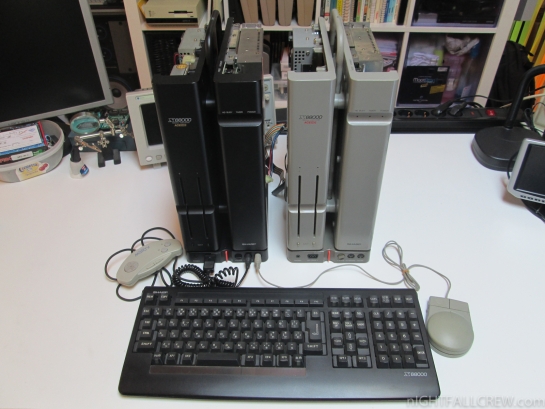















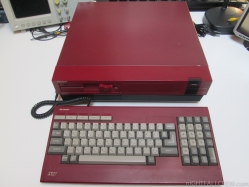

























































Recent Comments